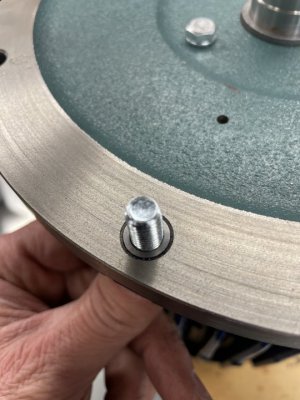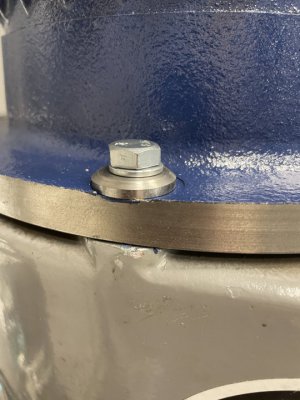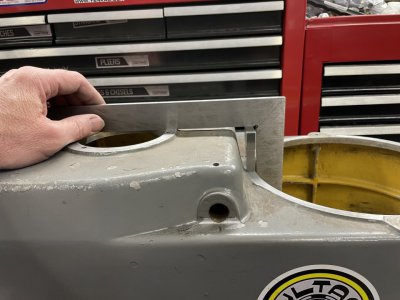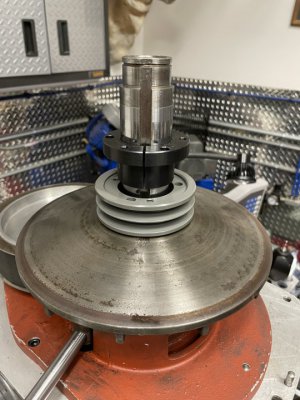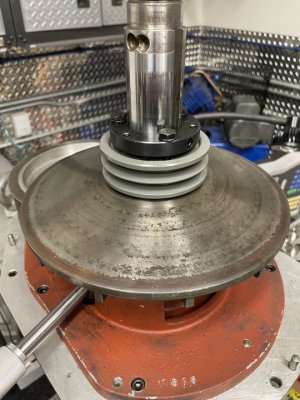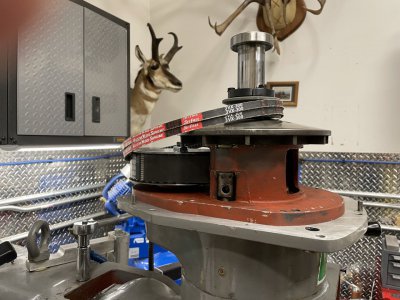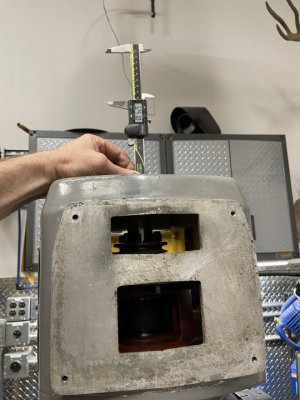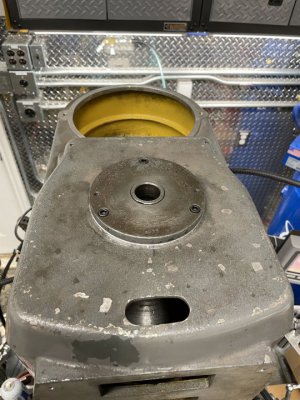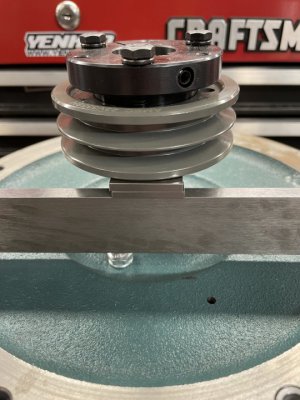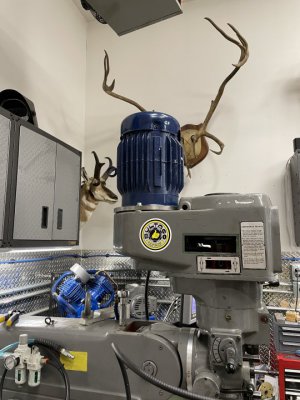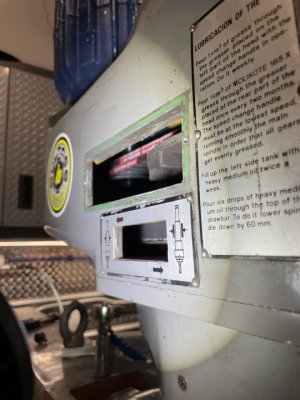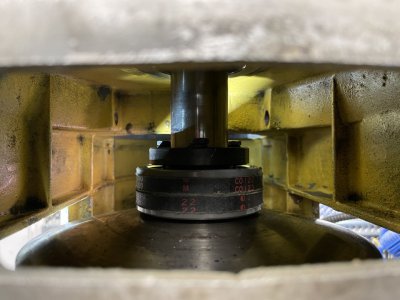Finally got all the pieces/parts in hand to complete the head rebuild of my Lagun FTV-1, with the Servo VFD conversion( https://www.servoproductsco.com/specs/servo_vfd.pdf ) being the last piece of the puzzle. For the backstory on why the rebuild and what it entailed, here's a link to the rebuild up until it veers off to the VFD conversion detailed in this thread. https://www.hobby-machinist.com/threads/ftv-1-head-rebuild.98269/
The 5hp motor was the last part to arrive, and when I opened the box thought "oh no, this thing is never going to fit ", as it dwarfed the factory 3hp. But after a test fit on the drive cover casting, was relieved to see that it fit perfectly. At about 110 pounds, it's a beast.
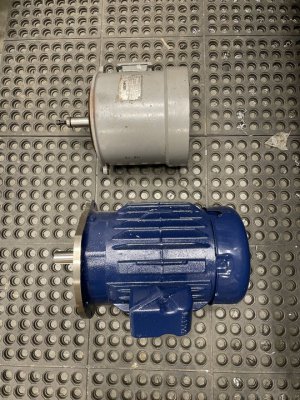
Hole spacing was spot on, to my great relief.
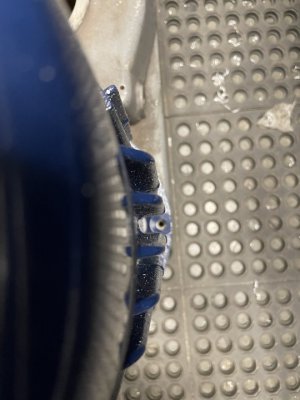
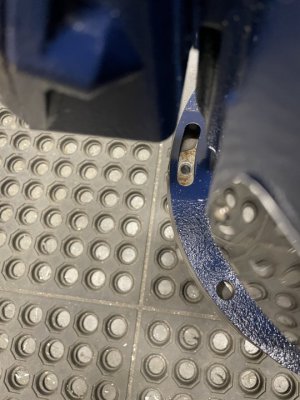
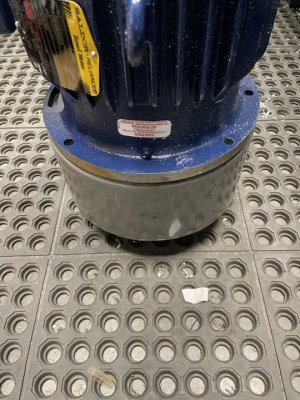
This install will be spread out over several posts, as time allows.
The 5hp motor was the last part to arrive, and when I opened the box thought "oh no, this thing is never going to fit ", as it dwarfed the factory 3hp. But after a test fit on the drive cover casting, was relieved to see that it fit perfectly. At about 110 pounds, it's a beast.

Hole spacing was spot on, to my great relief.



This install will be spread out over several posts, as time allows.
Last edited:


